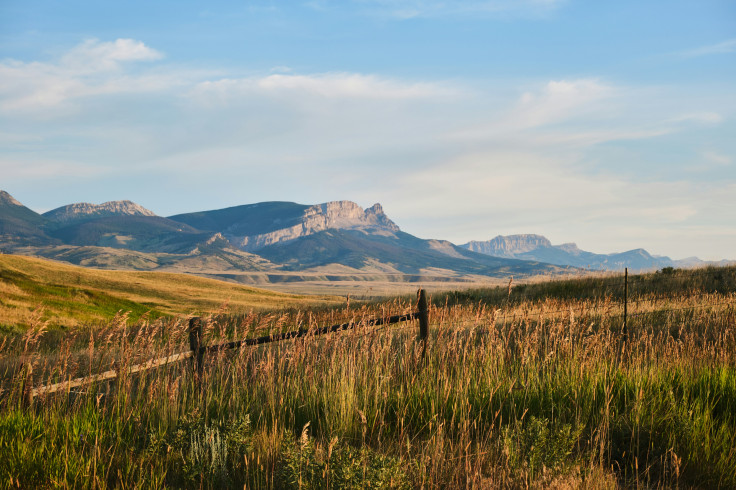
Mexican drug cartels are targeting Montana as part of an effort to smoothly escape authorities and increase their profits, a new investigation by NBC News showed.
The state is often known for its wildlife, its larger-than-life national parks and vast agriculture. In recent years, however, it has also become a hub for drug trafficking by major criminal organizations like the Mexican Sinaloa Cartel.
"Why Montana?" said Chad Anderberg, a Montana Division of Criminal Investigation agent to the outlet. "It boiled down to money."
Illegal drug trafficking from Mexico into remote parts of the U.S. is nothing new. But with the rise of fentanyl, cartel associates have pushed more aggressively into Montana, where pills can be sold 20 times the price they get in urban centers closer to the border, state and federal law enforcement officials said.
Another reason that makes Montana so attractive to drug cartels? Indian reservations.
On some of them, cartel associates have formed relationships with Indigenous women as a way of establishing themselves within communities to sell drugs, law enforcement officials and tribal leaders said. Traffickers also lure Native Americans into becoming dealers by giving away an initial supply of drugs and turning them into addicts indebted to the cartels.
"Right now it's as if fentanyl is raining on our reservations," Marvin Weatherwax, Jr., who serves on the Blackfeet Tribal Business Council and represents the 15th district in the Montana House of Representatives, said.
The legal system is just one of the reasons that makes cracking down drug trade particularly challenging in Montana. Not only does law enforcement struggle to police wide-open spaces in the state, but there are also laws in place that prevent them from going into Indian reservations.
The reservations are sovereign areas where local law enforcement is restricted from operating without an agreement with the tribe. And even when agreements are in place, local and state authorities are often barred from arresting tribal members. Simultaneously, tribal police officers are largely prohibited from arresting outsiders on the reservation.
These developments have been occurring for several years now.
In March, 2020, Ricardo Ramos Medina, a former Mexican police officer working for the Sinaloa cartel, was pulled over in Montana by state and federal authorities. In his Jeep, they found about 2 pounds of pure methamphetamine— enough, authorities said, to supply the entire town of Townsend, Montana, for multiple days.
Medina's case is just one of many. His arrest in 2020 was part of a massive bust that ensnared 21 other members of a drug-trafficking ring tied to the Sinaloa cartel. Since last April, 26 suspects have been charged in a second federal drug case involving Mexican cartel associates and members of two Native American tribes.
Between 2017 and 2020, Montana's opioid overdose death rate almost tripled (from 2.7 deaths per 100,000 residents to 7.3). In the decade leading up to 2020, the rate of overdose deaths among Native Americans was more than twice that of white Montana residents, according to the state Department of Health and Human Services.
The opioid crisis has also become a major concern at a national level. For the first time in U.S. history, fatal overdoses peaked above 112,000 deaths, with young people and people of color among the hardest hit.
Public health experts say fentanyl, the synthetic opioid far more powerful than heroin, is responsible for the majority of drug deaths.
"We've had an entire community swept away," Louise Vincent, a harm reduction activist in North Carolina, who says she still sometimes uses street opioids including fentanyl, told NPR. "I can't even think of all the people I know who have died. My daughter died. Our mentors are dead. It is so dangerous right now.
© 2024 Latin Times. All rights reserved. Do not reproduce without permission.







